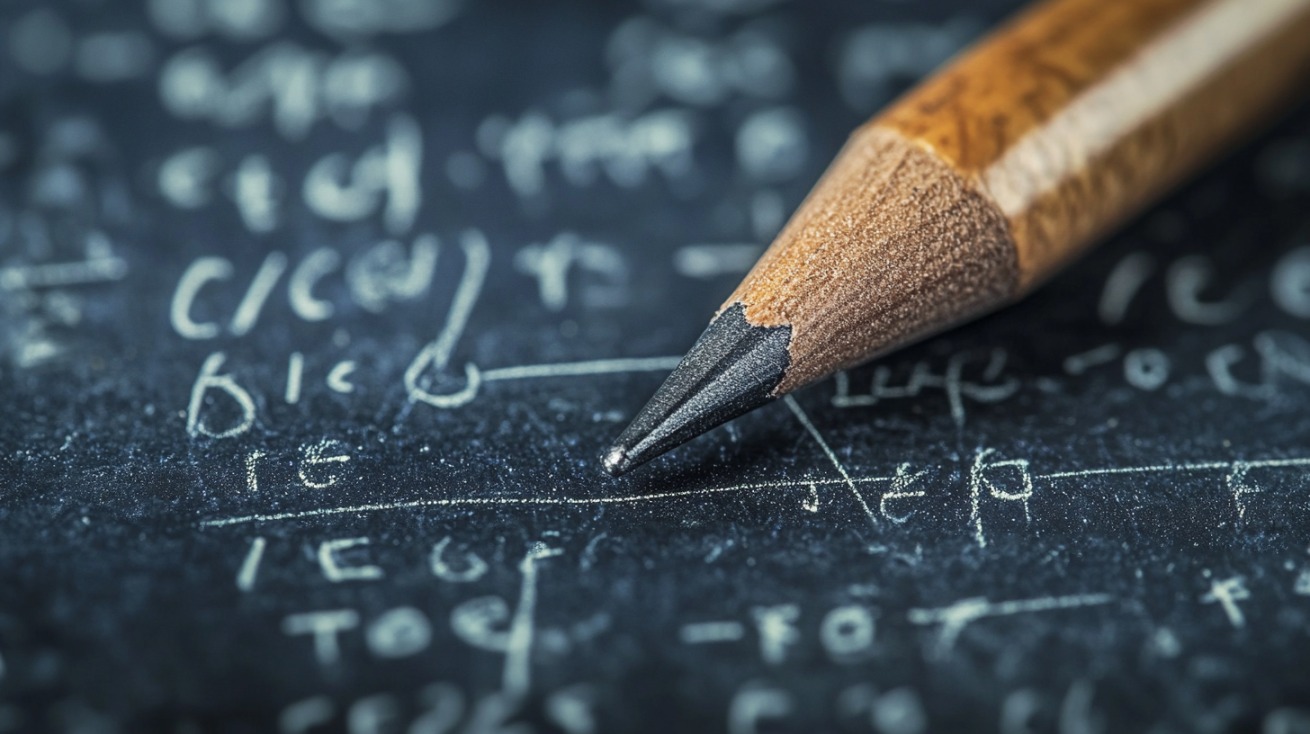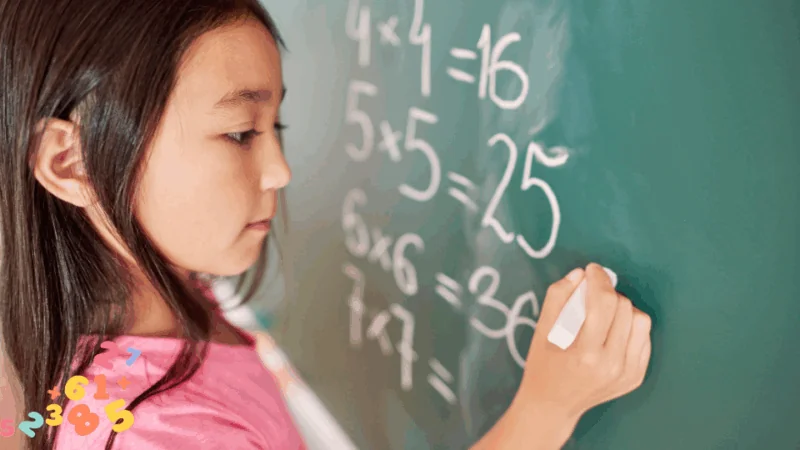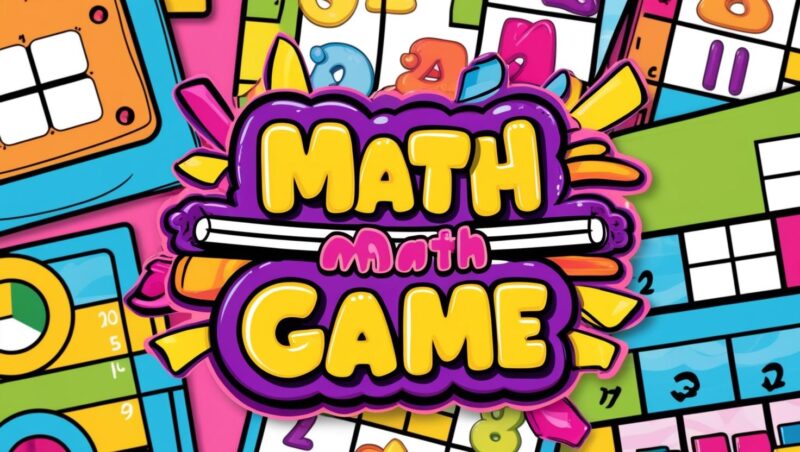
Share Post:
Squaring numbers—multiplying a number by itself—remains a core operation in mathematics with practical applications ranging from everyday arithmetic to complex scientific calculations.
In this guide, we will explain various methods for squaring numbers efficiently and confidently. Let’s get right into it.
Table of Contents
ToggleThe Fundamentals of Squaring
Squaring a number means performing a simple multiplication: take any number and multiply it by itself. For example, squaring 5 produces 25 (5 × 5 = 25).
The result, known as a perfect square, represents the outcome of this operation when applied to whole numbers. Memorizing perfect squares is a great way to sharpen mental arithmetic.
Perfect Squares from 1 to 30
| Number | Square |
| 1 | 1 |
| 2 | 4 |
| 3 | 9 |
| 4 | 16 |
| 5 | 25 |
| 6 | 36 |
| 7 | 49 |
| 8 | 64 |
| 9 | 81 |
| 10 | 100 |
| 11 | 121 |
| 12 | 144 |
| 13 | 169 |
| 14 | 196 |
| 15 | 225 |
| 16 | 256 |
| 17 | 289 |
| 18 | 324 |
| 19 | 361 |
| 20 | 400 |
| 21 | 441 |
| 22 | 484 |
| 23 | 529 |
| 24 | 576 |
| 25 | 625 |
| 26 | 676 |
| 27 | 729 |
| 28 | 784 |
| 29 | 841 |
| 30 | 900 |
Traditional Method (Long Multiplication)

A time-tested technique involves long multiplication. Although reliable, using long multiplication for larger numbers might seem a bit like using a sledgehammer to crack a nut – effective but not always the quickest approach.
Example: Squaring 23 Using Long Multiplication
- Write Down the Number Twice: Set up the problem as 23 × 23.
- Multiply the Units Digit: Multiply 3 (from the bottom number) by 23 to get 69.
- Multiply the Tens Digit: Multiply 2 (representing 20) by 23, shifting the result one digit to the left, yielding 460.
- Add Partial Products: Add 69 and 460 together to obtain 529.
Thus, 23 squared equals 529. This method, while methodical, provides a strong foundation before exploring quicker techniques.
Mental Math Techniques for Squaring Numbers

Many find that mental math methods for squaring numbers reduce dependence on paper and pencil or a calculator. The following sections cover techniques that cater to different types of numbers.
Squaring Numbers Ending in 5
Numbers ending in 5 possess a unique trait that makes their squares easier to compute. The process involves:
- Identify the Leading Digits: Take the number before the 5.
- Multiply by Its Successor: Multiply the leading digit by the next consecutive number.
- Append 25 to the Result: The final square is the product followed by 25.
Example: Squaring 85
- Leading Digit: 8
- Successor: 9
- Multiply: 8 × 9 = 72
- Append 25: Final answer is 7225
Using the Difference of Squares Formula
The difference of squares formula provides a clever shortcut for squaring numbers near a known base.
The formula states: a2−b2=(a−b)(a+b)a^2 – b^2 = (a – b)(a + b)a2−b2=(a−b)(a+b)
For squaring, rearrange this idea to work with a number close to a round figure.
Example: Squaring 29
Consider 29 as 30 − 1. The calculation proceeds as follows:
- Square the base: 30² = 900.
- Compute twice the product of the base and the deviation: 2 × 30 × 1 = 60.
- Add the square of the deviation: 1² = 1.
- Combine: 900 − 60 + 1 = 841.
Squaring Numbers Near a Base
When numbers are close to a convenient base, such as 10, 50, or 100, an efficient method comes into play:
- Determine the Deviation: Calculate the difference between the number and the base.
(Base±Deviation)2=Base2±2×Base×Deviation+Deviation2(Base \pm Deviation)^2 = Base^2 \pm 2 \times Base \times Deviation + Deviation^2(Base±Deviation)2=Base2±2×Base×Deviation+Deviation2
Advanced Techniques for Squaring Numbers

Beyond mental math shortcuts, certain advanced methods provide even faster ways to calculate squares, especially when dealing with larger numbers.
The Trachtenberg System
Developed by Jakow Trachtenberg, the Trachtenberg system relies on rapid mental arithmetic techniques designed to simplify operations like squaring.
The process involves approximating with a nearby base and adjusting for any deviation.
Example: Squaring 32 Using Trachtenberg
- Identify the Nearest Base: Use 30 as a base.
- Calculate the Deviation: The deviation from 30 is 2.
- Apply the Formula: (Base+Deviation)2=Base2+2×Base×Deviation+Deviation2(Base + Deviation)^2 = Base^2 + 2 \times Base \times Deviation + Deviation^2(Base+Deviation)2=Base2+2×Base×Deviation+Deviation2 Here, 30² is 900, 2 × 30 × 2 is 120, and 2² is 4.
- Combine the Results: 900 + 120 + 4 yields 1024.
Vedic Mathematics
Originating from ancient Indian scriptures, Vedic mathematics offers a series of sutras that simplify mental calculations. One of these techniques focuses on squaring numbers near a convenient benchmark.
Example: Squaring 47 Using Vedic Methods
- Express the Number Relative to a Base: Notice that 47 is close to 50.
- Formulate the Expression: Write 47 as 50 − 3.
- Apply the Formula: (50−3)2=502−2×50×3+32(50 – 3)^2 = 50^2 – 2 \times 50 \times 3 + 3^2(50−3)2=502−2×50×3+32 Calculate 50² as 2500, subtract 300 (2 × 50 × 3), and add 9 (3²).
- Combine: 2500 − 300 + 9 gives 2209.
Practical Applications of Squaring

Efficient squaring techniques extend their value beyond classroom exercises, proving essential in various fields:
Physics and Engineering
Many physical laws incorporate squared terms. For example, the kinetic energy formula, expressed as KE=12mv2KE = \frac{1}{2}mv^2KE=21mv2, requires squaring the velocity.
Accuracy in these calculations is crucial for understanding motion, energy, and forces.
Statistics
In statistics, variance—a key measure of data dispersion—is calculated by squaring the differences between each data point and the mean.
Squaring accentuates larger deviations, providing deeper insights into data variability.
Computer Science
Algorithms, especially those used in machine learning and computer graphics, often rely on squaring operations. More efficient squaring can lead to performance improvements and faster computational speeds.
Tips and Tricks for Everyday Squaring

Enhancing mental arithmetic skills does not have to be an arduous task.
- Practice with Perfect Squares: Regularly review the list of perfect squares to keep them fresh in memory.
- Use Approximation: For numbers near a base, apply the base method to simplify calculations.
- Break Down Complex Problems: Split larger numbers into manageable parts that can be squared separately and then recombined.
- Challenge Yourself: Engage in timed exercises or mental math games to strengthen speed and accuracy.
A little practice can transform squaring from a mundane task into an exercise in both logic and creativity.
Final Thoughts
Mastering the art of squaring numbers enhances both numerical proficiency and mental agility. From the step-by-step long multiplication method to ingenious mental math techniques and historical methods like the Trachtenberg system and Vedic mathematics, each approach offers a unique perspective.
Whether applied in physics, statistics, computer science, or daily life, efficient squaring techniques underscore the practical beauty of mathematics.
Embrace these methods with confidence. The next time a square number appears, you will have a toolkit of strategies ready to simplify the calculation.
Related Posts:
- Complete Guide to Teaching Math with Base 10 Blocks…
- What Are the Acronyms Used in Math? - A Beginner's Guide
- What Are Irrational Numbers - Definition, Examples &…
- Natural Numbers - Definition, Properties, and Examples
- 9 Fun Math Games Inspired by Real Sports That Teach…
- 8 Fun Activities to Practice Fractions and Mixed…











